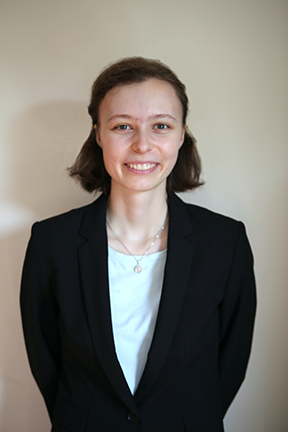Drift Velocity with Elastic Scattering
Rachel Morin
Graduate Student
Department of Physics
The Catholic University of America
Wed, September 7 , 2022 - 4:00 PM
In-Person: 108 Hannan Hall AND
Zoom: https://cua.zoom.us/s/89593052862
The drift velocity of charge carriers in a crystal can be used to find useful properties of materials, such as mobility and conductivity. However, the mechanisms behind what produces the drift of charges in an electric field are still being unraveled. Classical theory of electron transport explains the drift velocity by assuming that the particles lose all momentum after each scattering event. However, does this have to be a necessary condition for achieving a drift velocity? This project investigates the classical factors which can produce a drift velocity using only elastic scattering. This means that the particle keeps its kinetic energy before and after the collision. A Monte-Carlo simulation is programmed to model a particle in a uniform field, subject to randomly placed scatterers. Time-, space- and energy-dependent scattering rates are investigated.
If you have any questions about the Colloquium Series, would like to request disability accommodations or would like to make a donation please contact the Physics Department, cua-physics@cua.edu or call (202) 319-5315.
